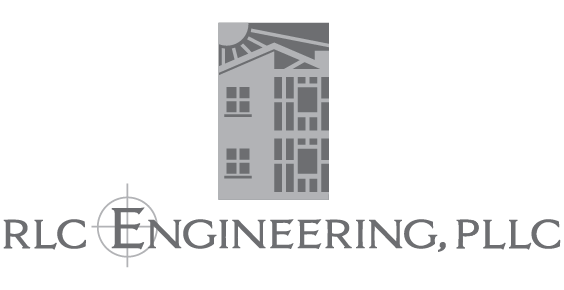Forensic Investigations
A forensic Investigation is used to determine the cause of a defect, failure, event, or situation using the scientific approach. Examples include determining the cause of water stains around windows or on roof sheathing, cupping or gaps in hardwood flooring, mold on a wall or ceiling upon return from a vacation, decay in a crawlspace, condensation or mold on ductwork, cracks in a foundation wall, high humidity in a basement, or structural issues noted by a home inspector.
Builders are required to provide complete one-year warranties on new buildings, along with a 8-year structural warranty. Bouncy floors; wobbly exterior decks; leaky roofs, windows or doors; cracked foundations; temperature and humidity issues; and noisy, gapped or cupped hardwood floors may be some of the defects related to the construction that warrant an investigation. Beyond those required warranties, during remodeling or renovations, following weather events, or from normal use, issues may arise that require and investigation as to the true cause for insurance purposes or to prevent recurrence of the same issue. Tearing out and replacing cupped flooring without determining and correcting the cause of the cupping may result in the new floors cupping as well.
Insurance companies often require a report from a forensic engineer when an adjuster cannot easily determine the cause. In some instances, such as when a tree falls on a house, a forensic engineer is also utilized to determine the extent of structural damage. On the flip side, forensic engineers are often utilized by property owners to challenge an insurance company’s findings.
RLC Engineering, PLLC utilizes a scientific approach in forensic investigations. Data is collected and analyzed to determine the actual cause, without bias or favoritism toward any party.



